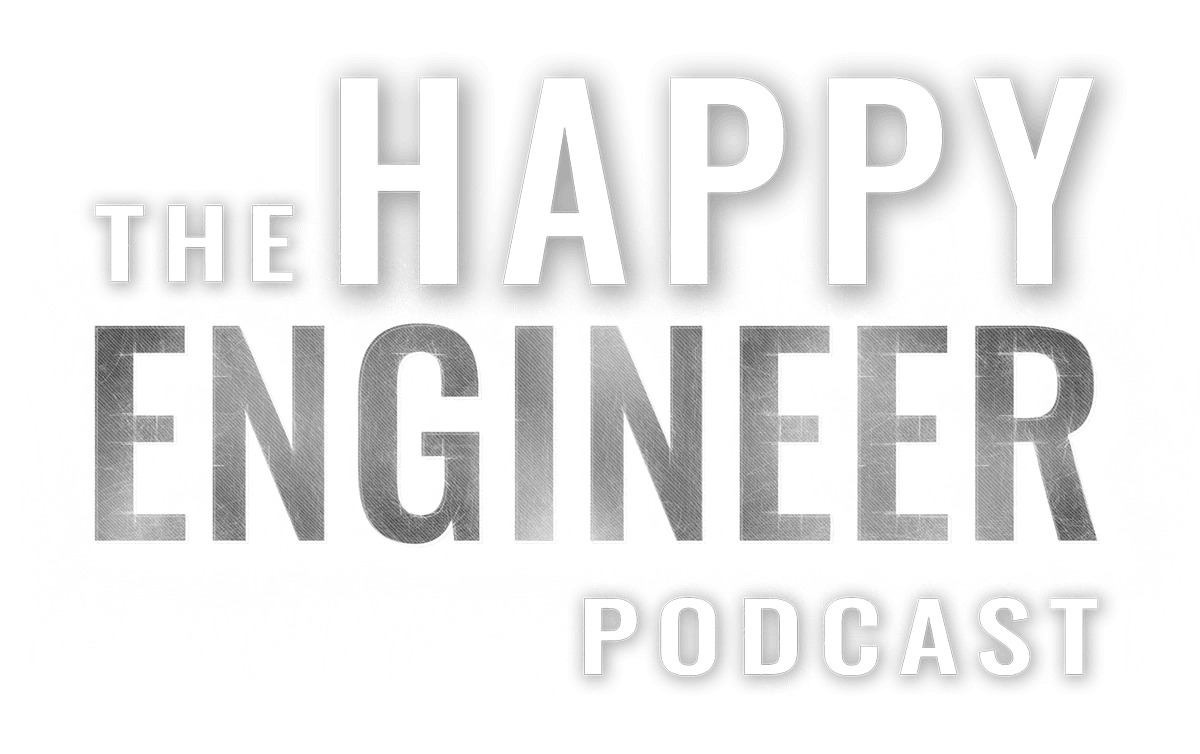Are you an engineering leader secretly afraid you’re not “good enough”? If you’ve ever looked around the conference table and thought, “How long until they realize I’m a fraud?”, you’re far from alone. In fact, imposter syndrome is rampant in engineering – self-doubt lurks “everywhere you look” in our field.
But here’s the truth: you don’t have an impostor problem, you have a clarity problem. When you lack clarity about your value, goals, and path, the void is filled by doubt. The good news? Clarity is a skill you can build, just like debugging a piece of code.
Here’s an approach: treat your confidence like an engineering project: debug the issues, rebuild step by step, and optimize your approach. In other words, systematically root out ambiguity and replace it with understanding. Often, what feels like “I’m not capable” is really
“I’m not certain what I should be doing.” Gain certainty, and the imposter feelings recede.
One engineering manager, Keagan, discovered this firsthand. After “years of difficult bosses had wrecked [his] confidence” and he was ready to quit, he instead rebuilt clarity, courage, [and] confidence – soon he was “optimistic, proud, and back to loving engineering”
The difference-maker was getting clear on his direction and worth. If you’ve ever wondered, ‘Am I really cut out for this?’ don’t let doubt have the final say. It’s time to go on offense and reclaim your confidence through clarity.
You Don’t Have an Impostor Problem. You Have a Clarity Problem
#1 – Clarify Your Identity (Know Who You Are)
Impostor syndrome thrives when you aren’t grounded in who you are. So ask yourself: What do I stand for? What core values drive me? What strengths make me uniquely effective?
Take time to write down your values, passions, and key strengths as an engineering leader. This isn’t fluff – it’s your decision-making compass.
One engineering leader I worked with, Mark, told me that when he finally articulated his values in priority order and recognized how they showed up in his life and work, it was “liberating” because it gave him “a clear framework for every decision.”
Clarity in identity means you stop trying to be someone you’re not. You lead in a way that aligns with your authentic self. The result is unshakable confidence, because you’re no longer comparing yourself to others or to some imaginary ideal – you’re owning your story.
#2 – Clarify Your Goals (Aim with Purpose)
Clarity in your career means knowing exactly what target you’re aiming for. If you aim at nothing, you’ll hit it every time.
A vague sense of “I want to be successful” isn’t enough – define what success looks like for you. Is it landing that Director role? Building a product that impacts millions? Achieving a better work-life balance? Paint a clear mental picture of your goal. Engineering leaders who feel like impostors often haven’t outlined a vision that truly motivates them, so they drift or chase everyone else’s definition of success. Stop drifting. Set aside an hour this week to map out your 5-year vision and top three career goals.
As I tell my clients, “Begin by defining what success looks like for you across your whole life, not just your career.” When you know your destination, you can chart a path and measure progress, which turns that anxious “Am I doing enough?” into a confident “I know where I’m going.”
#3 – Clarify Your Value (Know What You Bring)
One of the cruel tricks of impostor syndrome is convincing you that you have nothing special to offer.
Time to prove that inner critic wrong with some clear evidence. Make a list of your key accomplishments and skills – the projects you’ve led, problems you’ve solved, and talents your team relies on you for. This is not bragging; it’s fact-finding.
What do others say you’re great at? Where do you consistently deliver results? By inventorying your wins, you’ll start to see a pattern of strengths. This forms the basis of your professional value proposition – essentially, your personal brand as a leader.
As I often remind engineering leaders: understand and articulate the value you create in your organization and industry – “it’s about knowing and communicating your unique contributions and strengths.”
When you have clarity on the value you bring, you won’t feel like a fraud; you’ll feel like an asset. The next time that impostor feeling creeps in, revisit your list of accomplishments and remind yourself, “I’ve got what it takes – here’s the proof.”
#4 – Crush Comfort with Action (Build Courage through Doing)
Clarity is powerful, but action is the antidote to impostor syndrome. You can journal about identity and goals all day, but nothing will cement your confidence like taking bold steps forward.
Think of a challenge you’ve been avoiding due to self-doubt – maybe volunteering to lead a high-stakes project or speaking up with your ideas in executive meetings. Commit to taking that action now, with your new clarity as your guide. Will it feel uncomfortable? Absolutely. Do it anyway. Every time you step out of your comfort zone, you shrink the space where impostor feelings live. One of my core mottos is “Crush comfort, create courage” – because growth does not happen in the comfort zone. When Vivek (another engineering manager I coached) realized that no amount of resume polishing would fix his stalled career, he took a courageous step outside his comfort zone and did the deep work of redefining his vision and purpose.
Only then did his career leap forward. The takeaway for you: don’t wait until you “feel confident enough” to act. Confidence comes from action.
Use the clarity you’ve gained in steps 1–3 as a springboard, and go execute. Have that tough conversation, apply for that stretch role, or raise your hand for that leadership opportunity. Each action you take in alignment with your clarity will build a track record of success that silences the impostor within.
#5 – Get a Support System (Don’t Go It Alone)
Even the most self-assured leaders have mentors, coaches, or peers in their corner. Clarity doesn’t mean you never need encouragement or outside perspective – in fact, it makes it easier to seek the right support.
Surround yourself with people who remind you of your identity, reinforce your value, and encourage your goals. Share your development plan with a trusted mentor or manager and ask for feedback. Join a community of engineering leaders (even a small mastermind group) where you can swap stories and strategies. Sometimes an outside perspective will see the strengths in you that you overlook. And when you do feel that impostor sensation bubbling up, don’t suffer in silence.
“If you feel stuck or afraid, seek support from mentors, coaches, peers, or loved ones. Let them know your goals and lean on them for guidance and encouragement.” The truth is, you are not an impostor – and a good support system will keep reminding you of that on the days you forget.
Clarity is the enemy of impostor syndrome. When you know who you are, where you’re going, and why you deserve to be there, doubt doesn’t disappear entirely – but it no longer runs the show. Instead of feeling like a fraud, you start feeling like the CEO of your career.
So flip the script: stop obsessing over being an impostor, and double down on getting clarity. As an engineering leader, your job is too important and your potential too great to be sabotaged by self-doubt. The steps above are your blueprint.
Now it’s on you to take action.
Remember, you’ve earned your seat at the table. If that inner voice says otherwise, don’t argue with it – outmaneuver it with clarity and forward momentum.
Let’s do this – your career, and your confidence, will never be the same.



